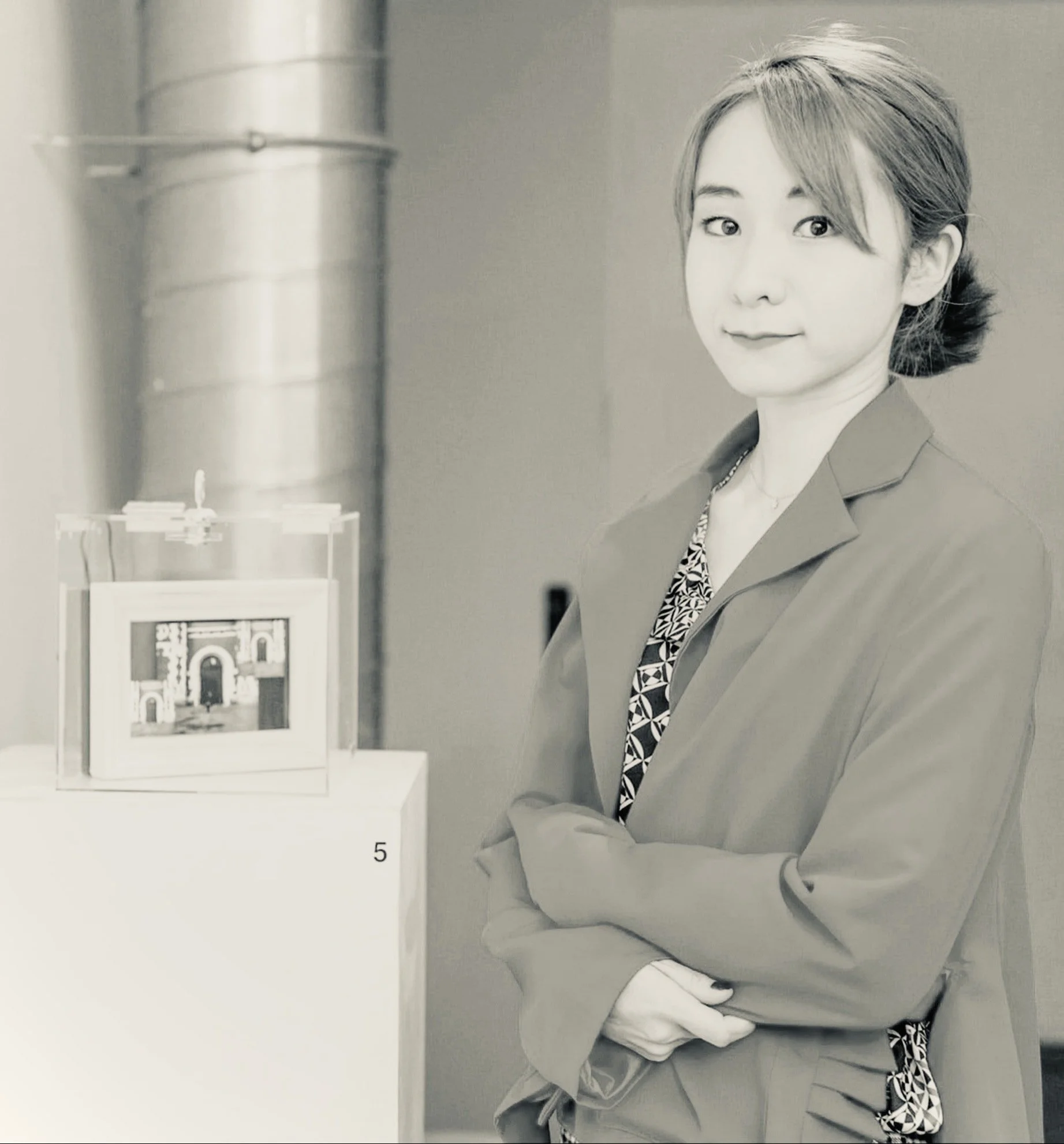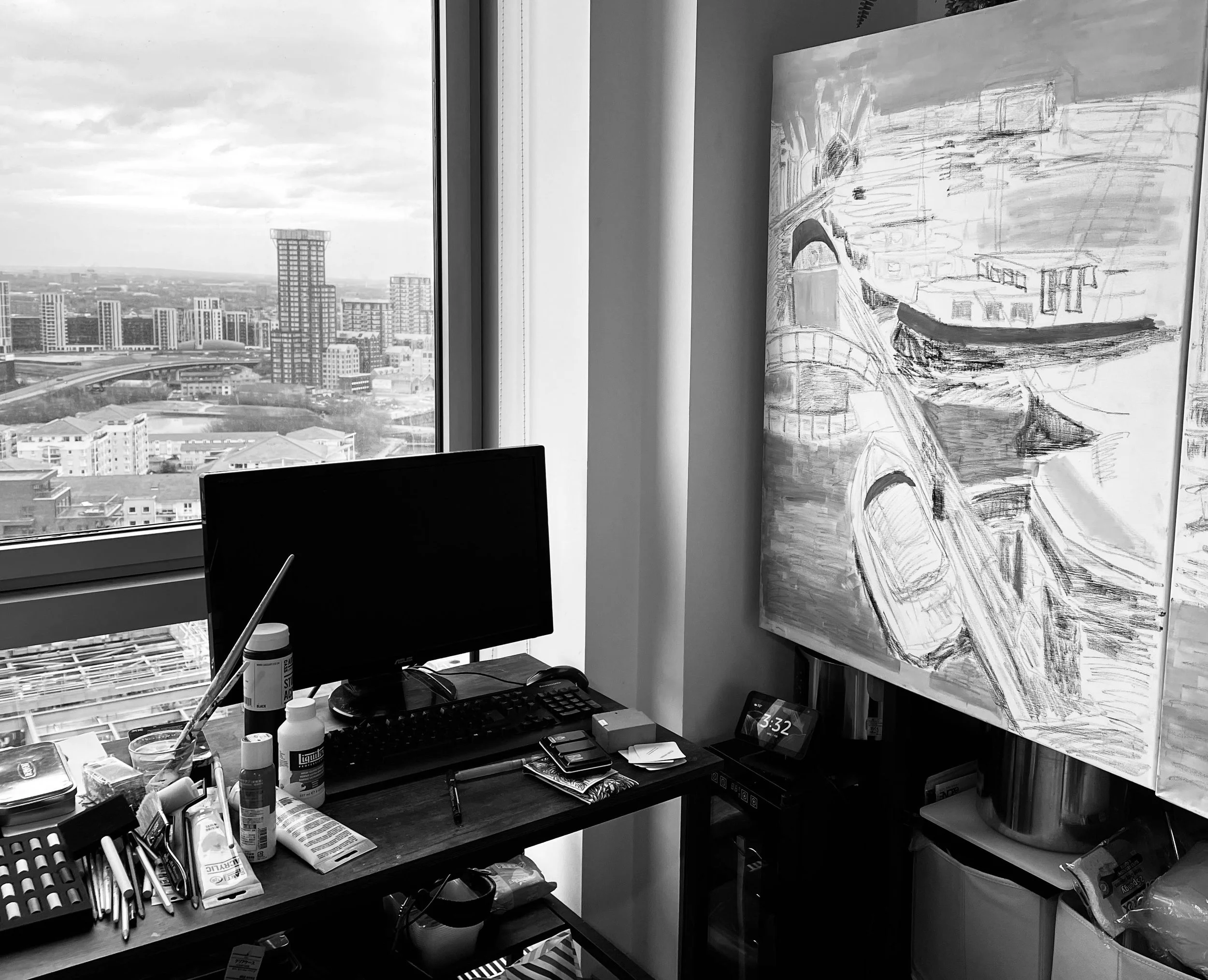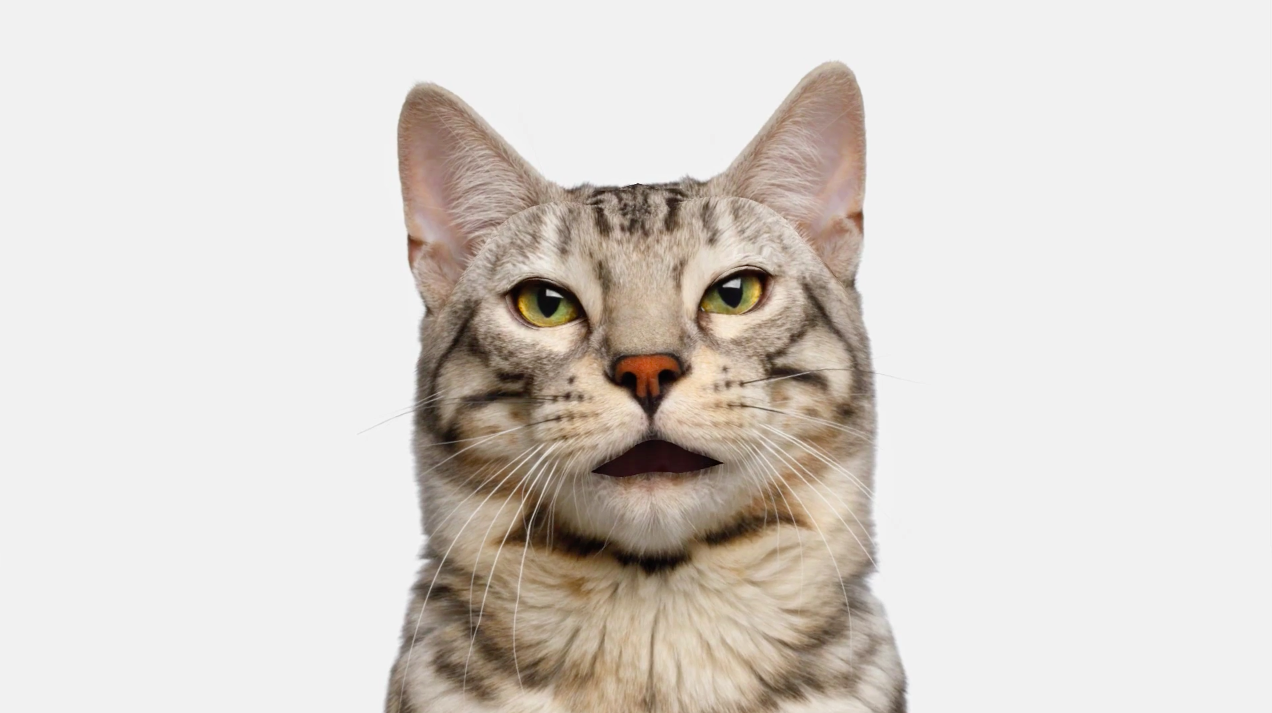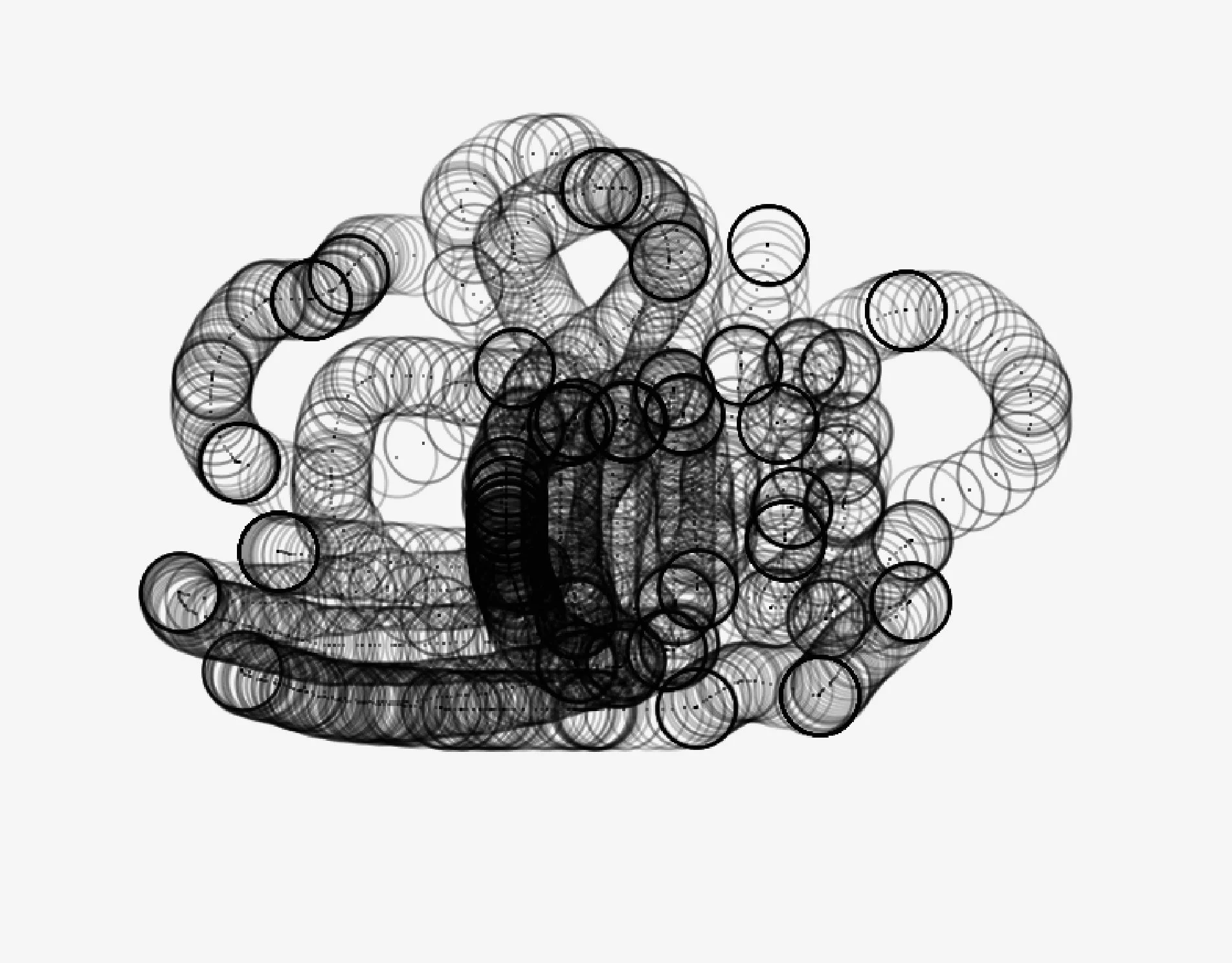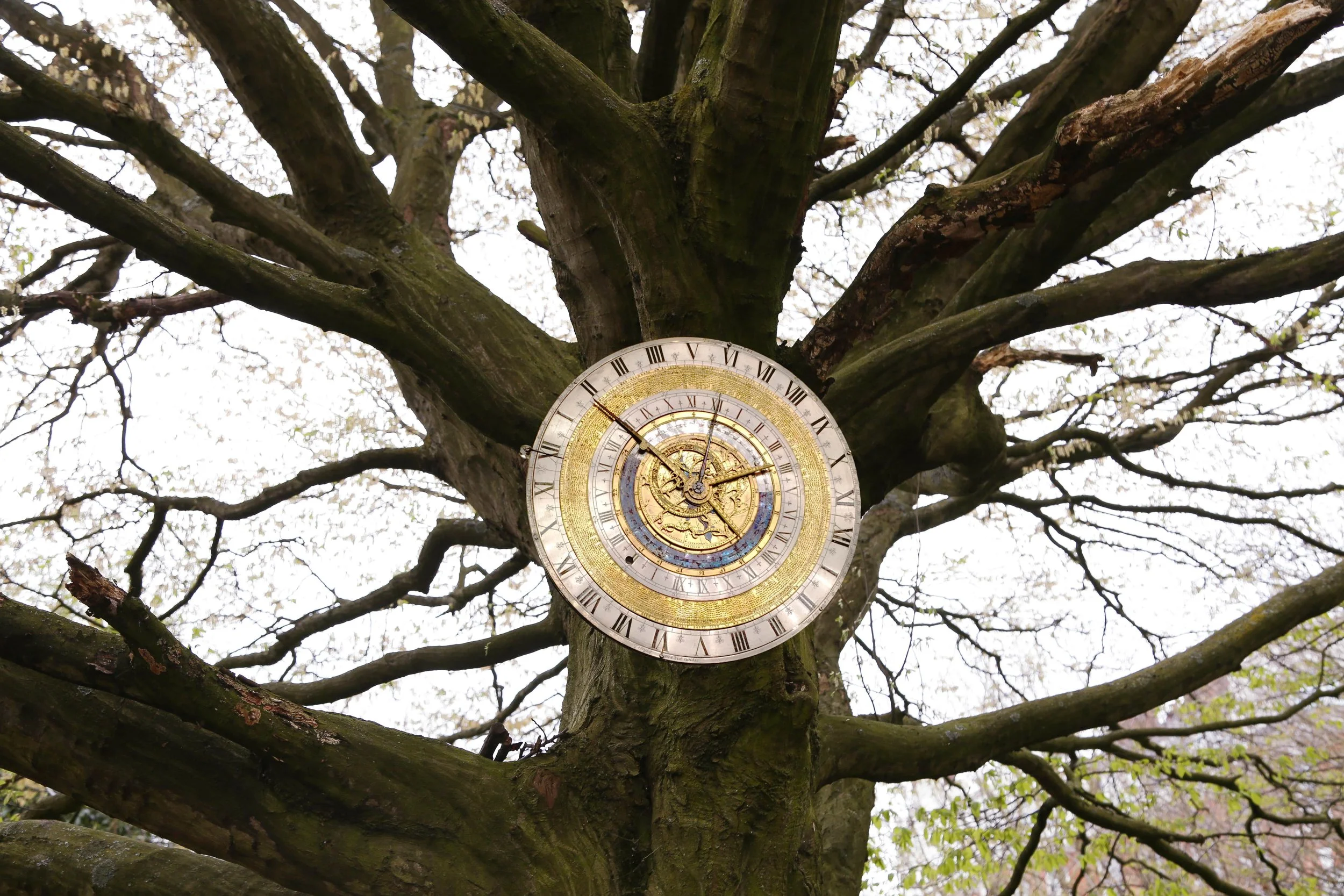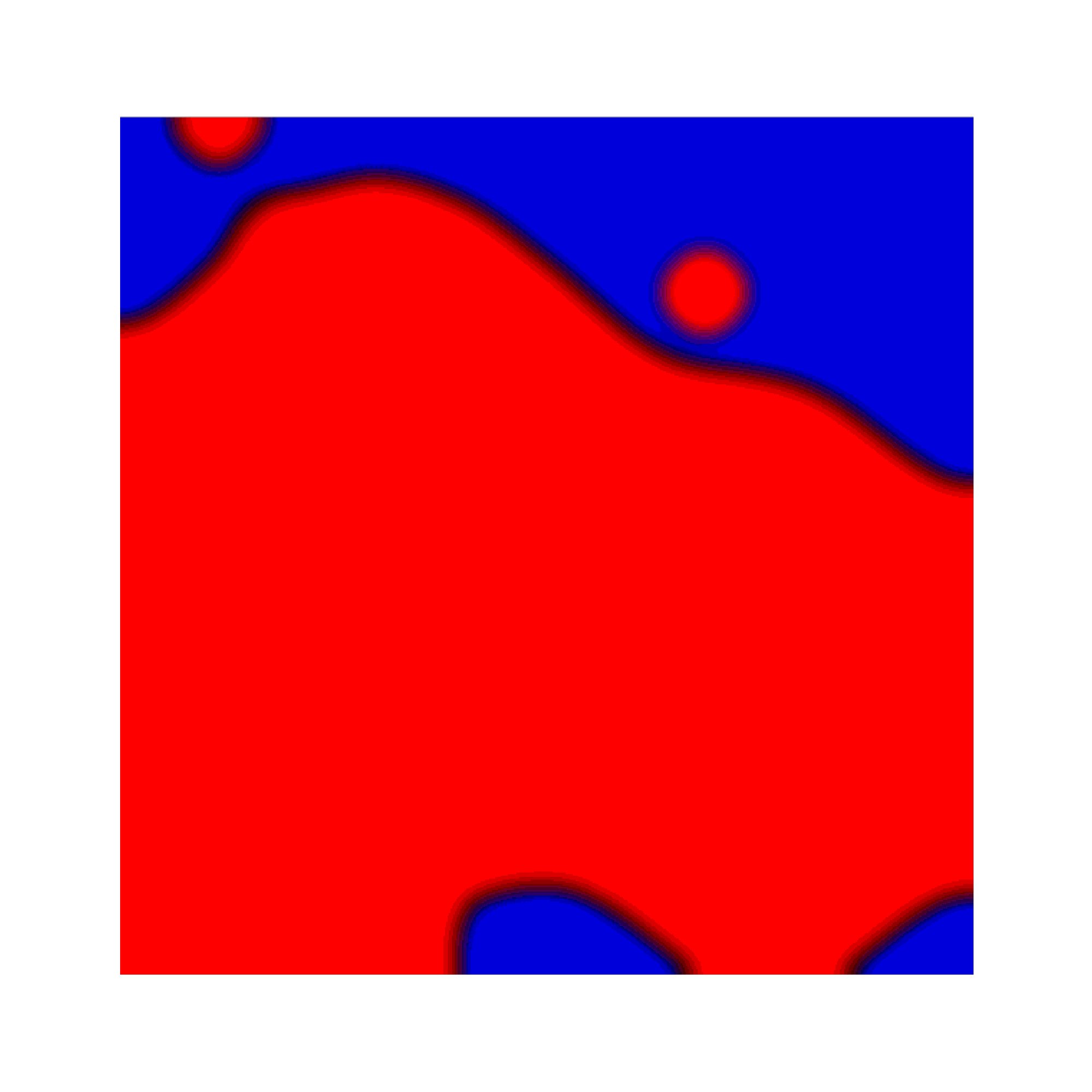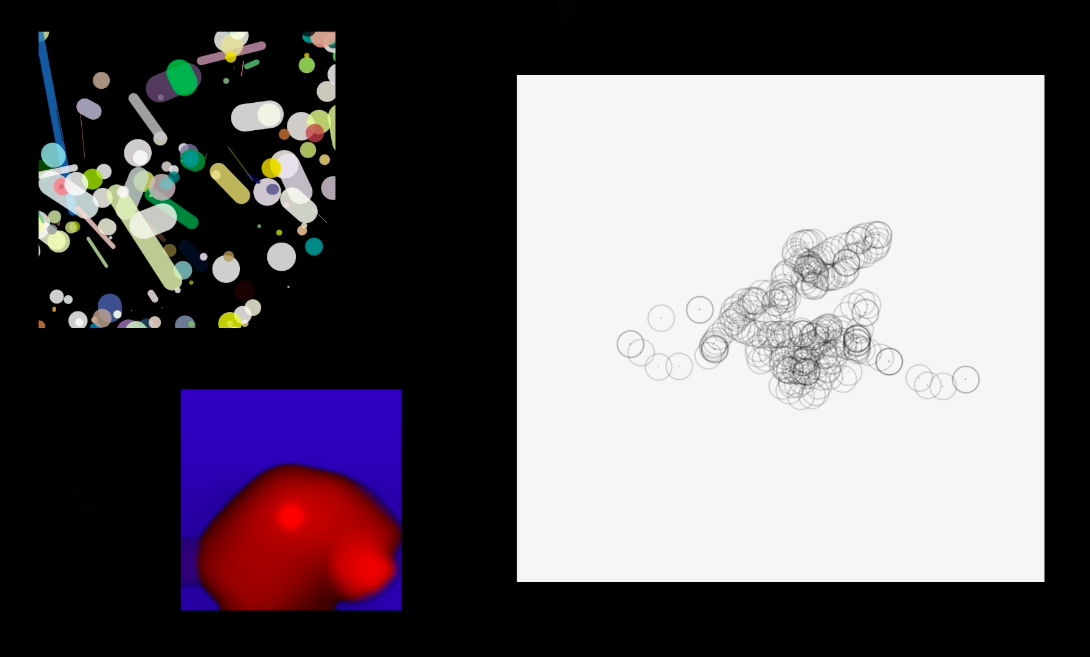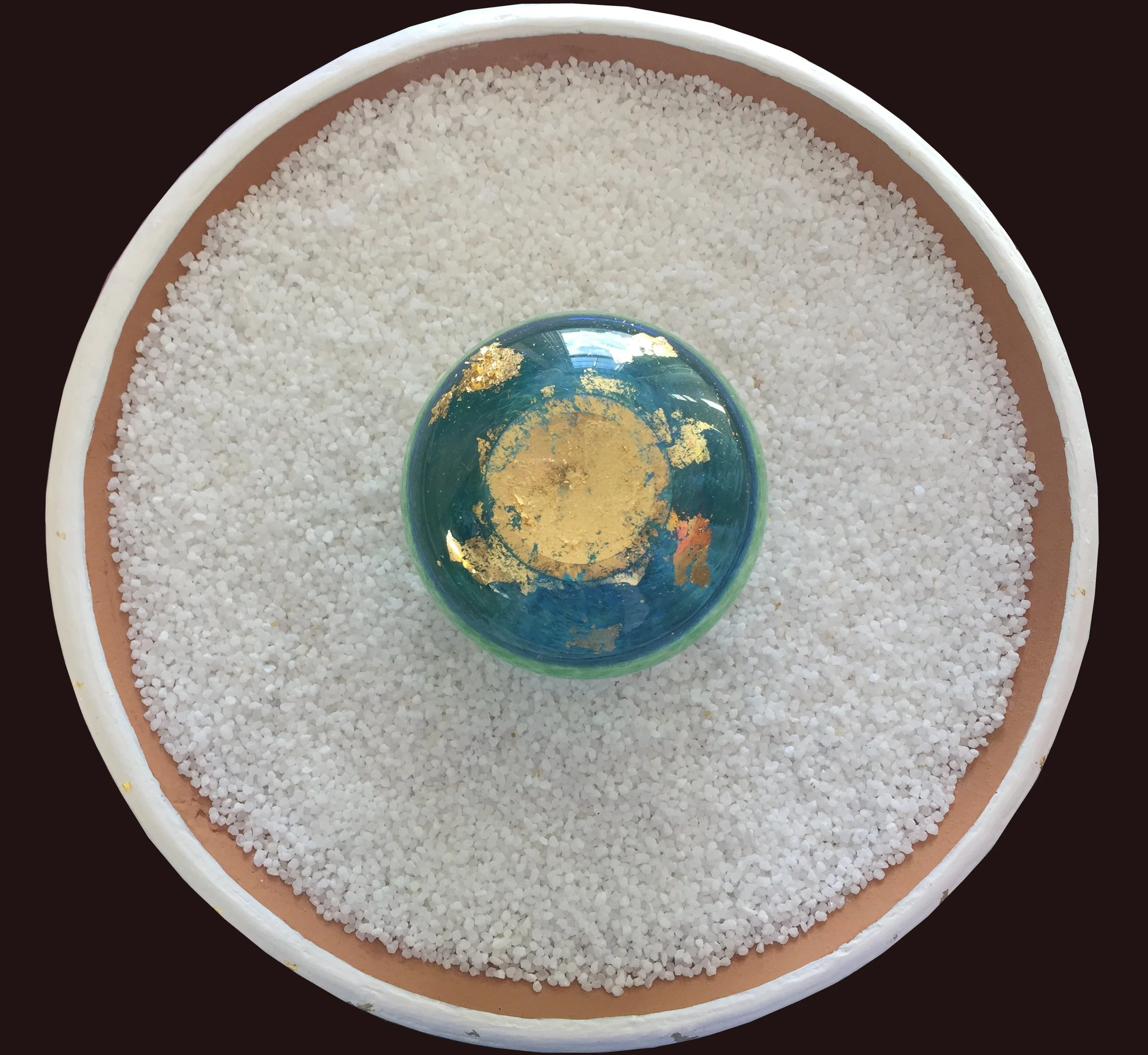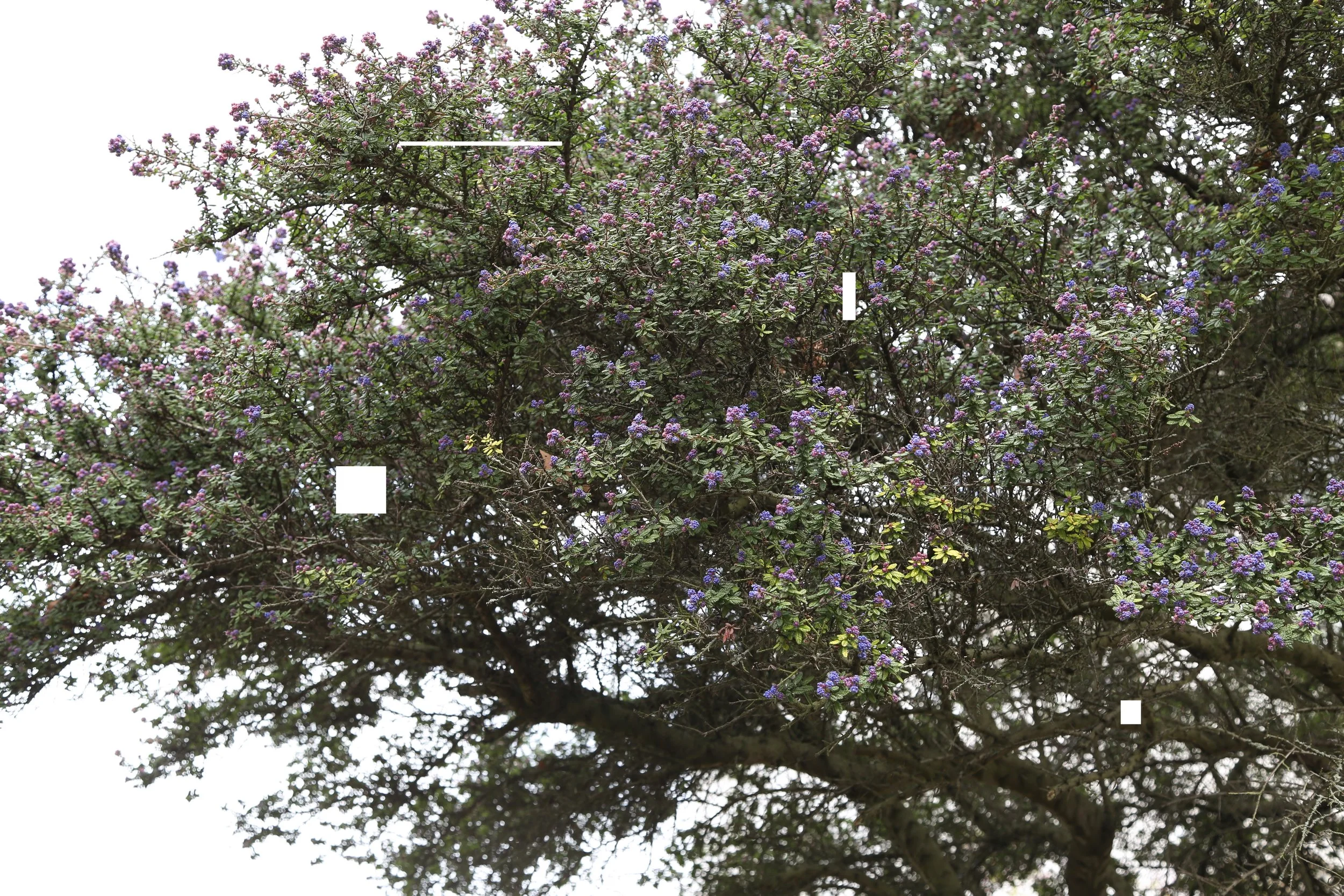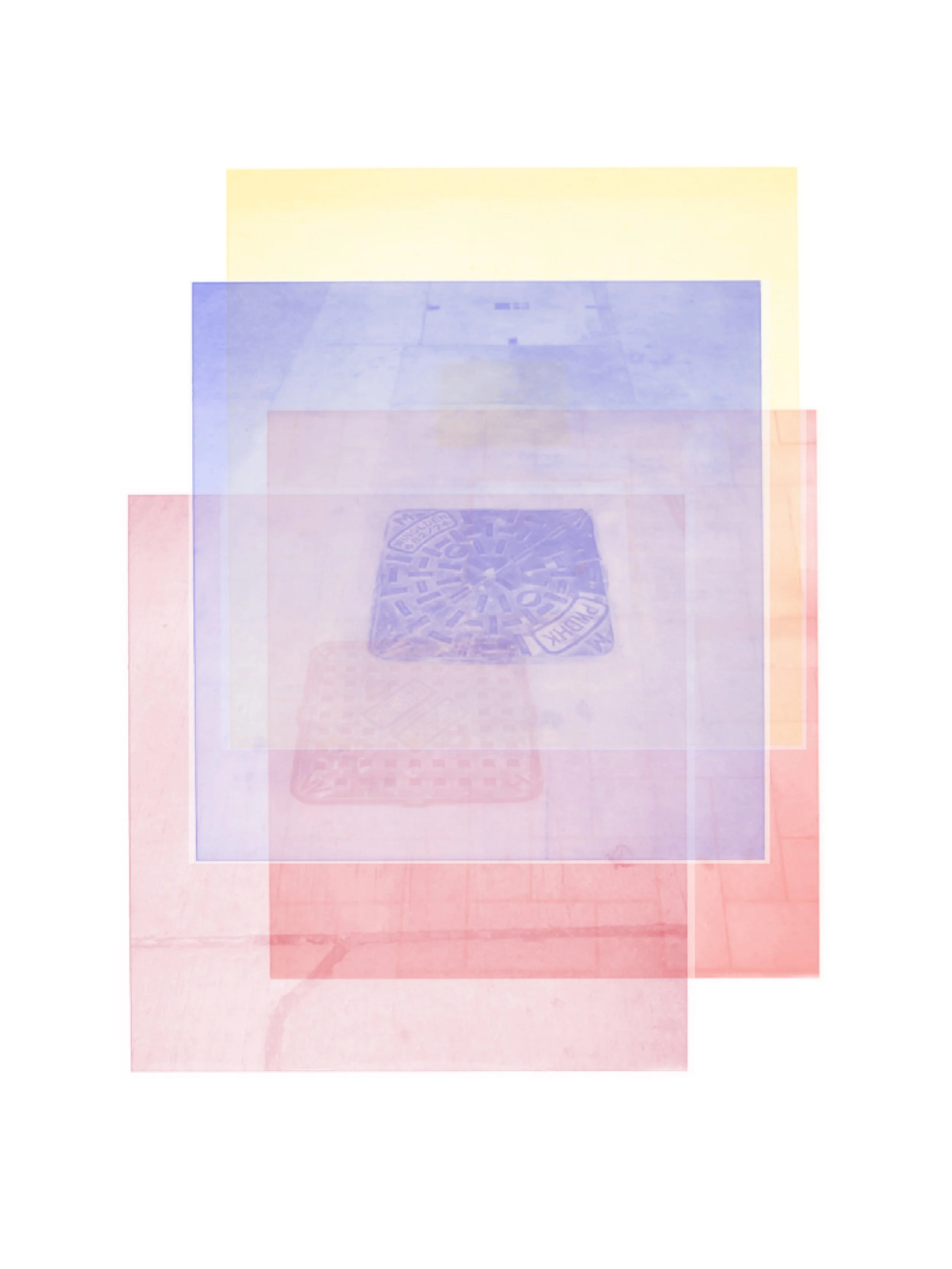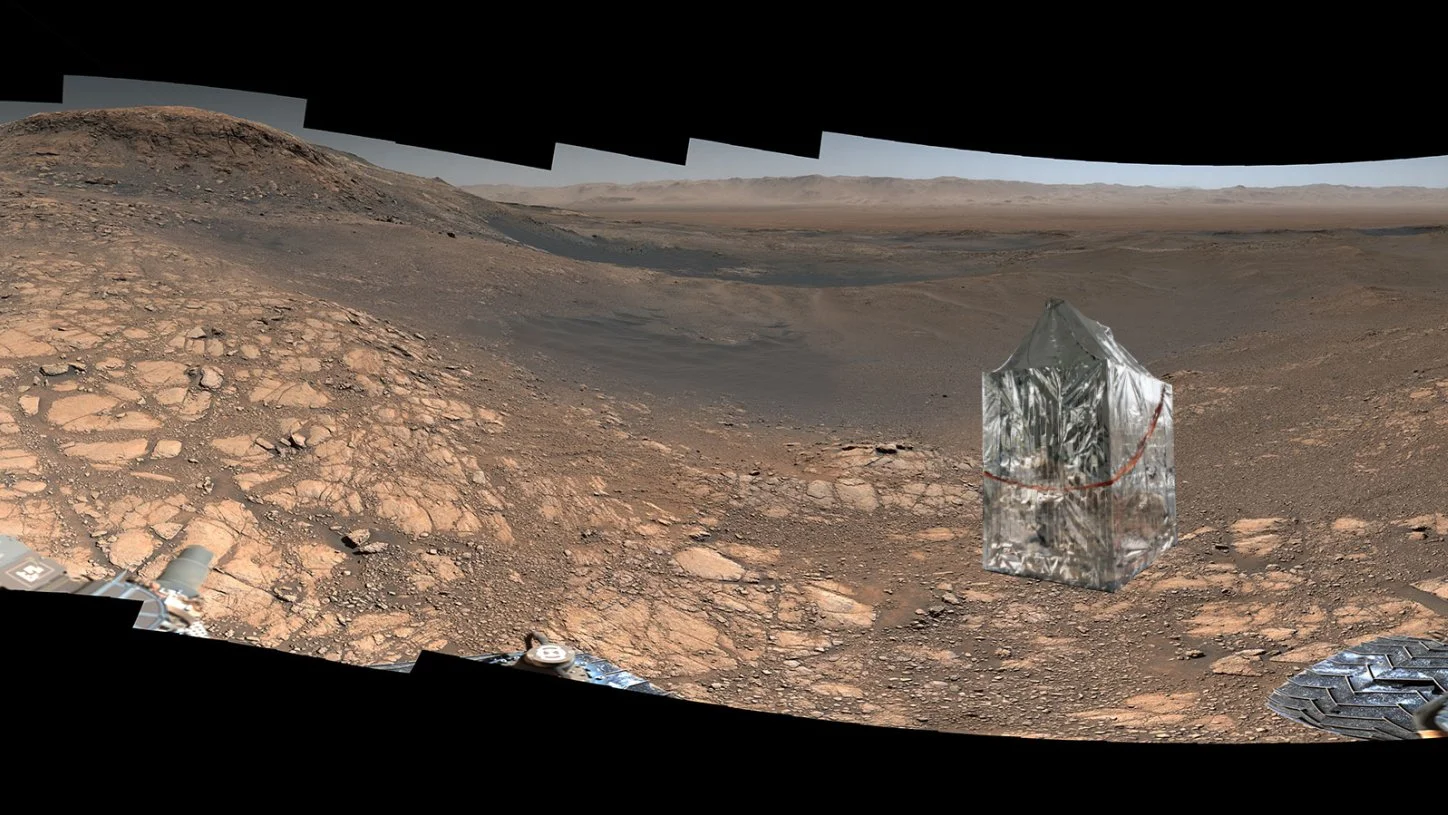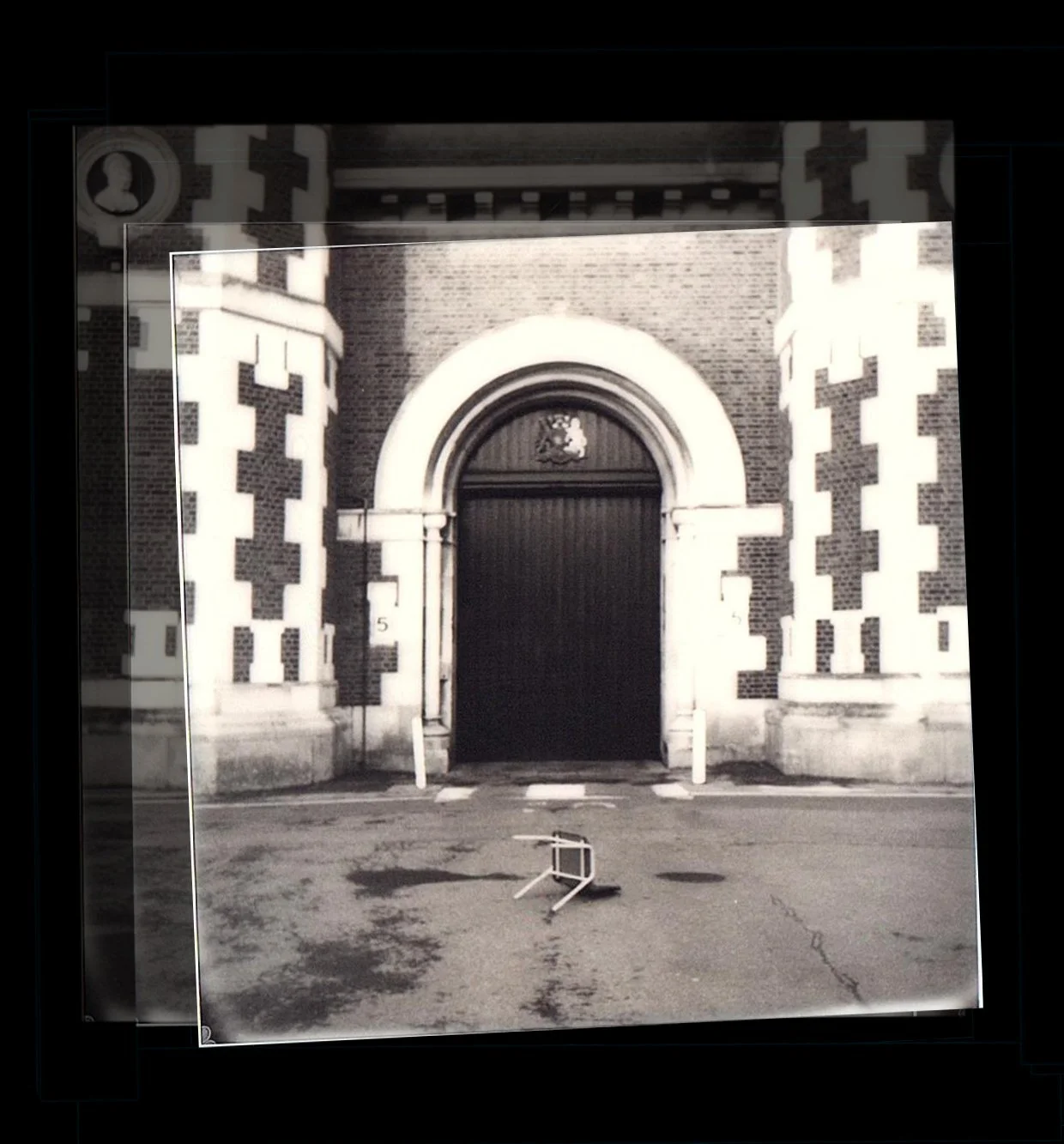Interview with Yuiko Amano
Growing up in a family of scientists and splitting your childhood between Boulder, Colorado and Nara City, Japan, how do you think these diverse cultural and scientific influences shaped your artistic vision?
My thoughts on my work and production are generally very personal, and I think this has something to do with my family background. My parents are Japanese, but due to their circumstances, they moved to the United States right after I was born. During my childhood, my parents were busy, so I was raised by their white American friends. Moreover, my family sometimes had to go to China. Because of this environment, I became very conscious of my identity as a Japanese (there were fewer Asians in the United States at that time than there are today). I also became conscious of the relationship between Japan and the United States (especially regarding the Second World War). The reason I chose ‘legacy of imperialism’ as the theme of my work and research may be related to this subconscious awareness of my childhood. Moreover, in the process of traveling back and forth between different countries, I was naturally surprised by the differences in languages, and, unfortunately, I was not able to enjoy that situation. Yet as a result of those shocking and traumatic memories, “painting’’ was the thing that I found best grounded me. After that, I developed a strong reactionary interest in language and writing, and science fiction and fantasy novels became a way to escape from the ‘conflict between cultures’.
After that period, I spent my youth in Japan in Nara and Kyoto, places that are very conservative and traditional and are deeply connected to Japanese history. However, at the same time, these were also places where ancient Japan was connected to the rest of the world. This is also related to the theme of my research, ‘Relationships with neighbouring countries’. The museums in Nara and Kyoto have many cultural assets from Japan at the time, but I can also see the remnants and transformations of ancient China, the Middle East and Western culture brought by the Silk Road, as well as the culture of the times. I remember being very impressed by it during my youth.
As for my scientific background, I majored in physics when I was a teenager, studied civil engineering at the university, and then worked on developing observation equipment based on fluid science and acoustic engineering in the field of civil engineering. I believe that this knowledge and experience has definitely influenced my artistic activities. In particular, I think scientific thinking and the scientific research approach are clearly evident when I am thinking about things and managing the production process.
You initially pursued science and engineering before shifting to fine arts. What inspired this transition, and how has your background in civil engineering and acoustic engineering influenced your approach to art?
As for my scientific background, my grandfather and parents were scientists, so I think I naturally had an interest in and preference for that field from an early age. However, after growing up, I decided to focus less on my family’s tendencies and more on my own tastes and what I wanted to express, so I turned to the field of design and art. However, I believe that the academic studies and logical thinking that I learnt from my teens to my twenties still have a considerable influence on my thinking.
I think civil engineering and acoustic engineering have a profound influence on the creation process when I approach a work of art. Specifically, I incorporate Fourier transform, which is often used in sound source analysis, when outputting images. I use Bernoulli’s equation to create paintings equal in energy and discontinuous in time through programming. With this concrete and practical approach, I am trying to develop my own language.
How do you integrate your knowledge of observational instruments, data analysis, and acoustic engineering into your current art projects?
For example, I generate images (A view of situation/2019) using audio analysis, and I practice drawing pictures using coding. (Experience of the Alternatives/2019, Overflow_A game for observing my: breath/2020)
In addition, I use the engineering thinking that I acquired during my observation days (data collection, data organisation, calculations using data, and subsequent analysis of results [variance analysis, regression analysis, etc.]) to create works and think about themes. I think sometimes I do it reflexively, unconsciously.
You mentioned focusing on developing your unique language in art. Could you elaborate on what this language entails and how it reflects your personal and academic journey?
When I say ‘language’, I do not really mean languages per se such as English or Japanese, or programming languages like C. If anything, it may be more akin to ‘my own language and equation’. Although almost everything seems to be random in this world, there are usually some rules or patterns. In the field of science, we often search for the rules of the world outside of ourselves, but in my own artistic activities, I try to find equations that apply to me based on my relationship with the outside world.
After studying architecture and urban design at The Royal College of Art, how do you incorporate architectural elements into your multimedia art?
The field of architecture contains some engineering fields, so people tend to think that there is a scientific element to it. In my personal opinion, however, science and architecture are approaches that go in completely different directions. Most of the tutors on my team in RCA were from the Architect Association School of Architecture, and what I learnt was that architecture is more conceptual than art is, but more practical than science. Generally, architecture is thought of as a field about houses and buildings, but my experience with the architecture course is that it is nothing more than a ‘discussion about space’. The space may or may not have regulations regarding its size or location. Sometimes it is a point; sometimes it is bigger than the universe. I could not tolerate that amount of instability, so I moved to the Fine Art department at RCA. (I do not like unstable situations that change frequently. If anything, I prefer stability where there are few changes, or I quite prefer to avoid situations in which the ‘flow velocity’ changes for no apparent reason.) However, the field of architecture, which is different from science, has had a considerable influence on my artistic approach, and I think the biggest influence is on the ‘method of conceptual dialectic manner’.
Moving to London, a city with a vibrant art scene, how has this environment influenced your artistic expression and the themes you explore in your work?
I moved to London because I thought it was a more attractive city with more active contemporary design and art than Japan. And the choice was not wrong. Many exhibitions are held continuously in London, especially contemporary art exhibitions, and there are many people working as artists. In addition to art, I can also come into contact with a wide variety of cultures and languages, as well as the ‘language’ that each person has. This kind of environment is extremely helpful in finding my own ‘language’, which is both my creative process and purpose.
Transitioning from a science-based career to an art-focused one, what have been some of the most challenging and rewarding aspects of this journey?
No matter what I do, there will be challenges. I have a career in which I moved from science to architecture and then to art, but that was because I had a keen interest to know more at the time. I still have that interest today. Creative endeavours can sometimes have a glamorous, stage-like aspect, but in my opinion, after all, they are ‘self-reflection through expression.’ It is about thinking about ‘our own language’.
Given your interdisciplinary background, do you collaborate with professionals from other fields (science, engineering, architecture) in your art projects? If so, can you share an example of a collaborative project?
Collaborative projects are still in the conceptual stage, but projects with scientific and architectural experts may also be realized in the future.
What future projects or themes are you currently interested in exploring within your art? Are there any specific scientific or engineering concepts you wish to integrate?
My current interest is in the theme of ‘food’. Food is related to many topics, ranging from agriculture to business to human interaction, and it is also related to issues such as climate change. London is also one of the world’s top gourmet cities, so this theme is familiar to many people.
Specific scientific or engineering concepts I might want to integrate include fluids, frequency, and probability theory. It is the field that is most familiar to me, and it is also the three pyramids that I want to integrate. Furthermore, I am interested in post-human fields such as AI, cyborgs, and robot technology, which have been attracting a great deal of attention recently. However, this is an artistic approach and is not intended as conventional scientific research. Basically, my practice has now shifted to focusing on painting, which is the origin of my childhood. I also plan to create literary text pieces based on my favourite genres during my childhood: fantasy, science fiction and ghost stories.
Finally, what advice would you give to young artists, especially those with a background in science or engineering, who aspire to enter the world of fine arts?
Among the people who aim to study art internationally, I think there are people like me who move into the field of art from other fields, and people who major in art from the beginning, but in the end, the same thing applies to production. So, first of all, when creating, try to find your own language.
My advice to artists with science or engineering backgrounds is to think about why you came to the art field. I still think about why I came to the field of art.


